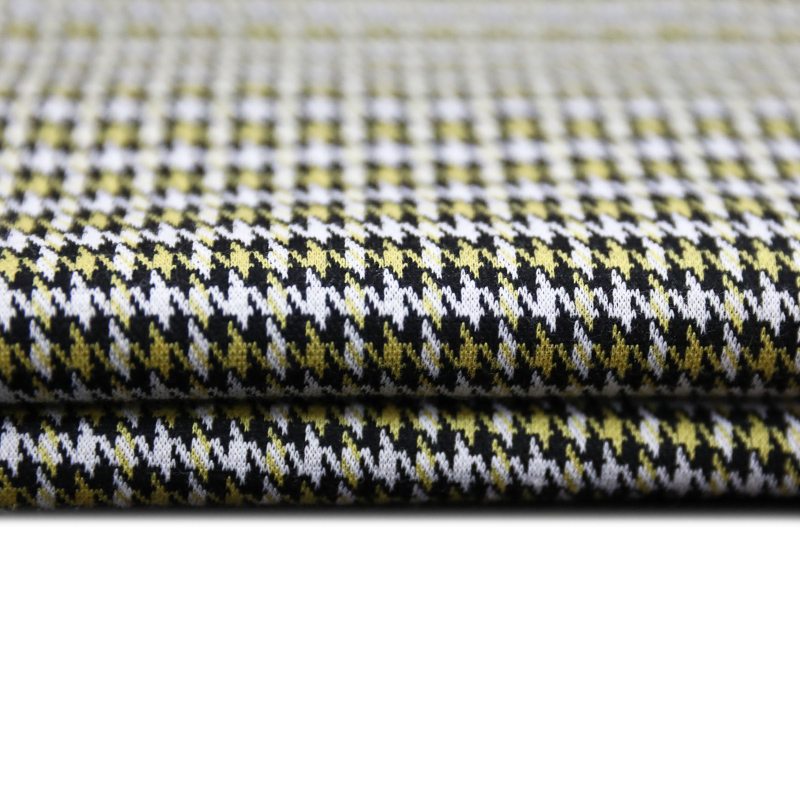 0571-82995618
0571-82995618 [email protected]
[email protected]- Wholesale Blended Fabrics Manufacturers
People who have been in contact with the fabric industry often hear the term "color difference". The range of color difference is very wide. Common categories are: color difference between samples, color difference between batches, color difference between left, center and right, and color difference within batches. As my country's textile exports are expanding, people's requirements for textiles are becoming stricter. So how does chromatic aberration form? Let's take a look with us today.
Because flame retardant fabrics have different fiber compositions, the types of dyes and process equipment used in dyeing are also different. In addition, there are different requirements and characteristics in the dyeing process, and the causes and performance of color difference are also different. . The color difference of the fabric is diverse in appearance, but the reasons are mainly as follows.
The early distribution of the dye on the fabric is uneven
Before the dye is fixed, if it is unevenly distributed on various parts of the fabric, the color difference of the fabric will inevitably form after the fixation. The main reasons for this phenomenon are:
◆Fabric factors: due to the difference of fiber properties or the lack of uniformity in the pre-treatment of decomposing, boiling, bleaching, and silk, the permeability of the semi-product before dyeing is uneven, which causes the difference in the degree of dye absorption.
◆Liquid absorption factor: Due to mechanical structure or improper operation, the liquid-carrying rate of each part of the fabric is inconsistent, resulting in color difference of the fireproof fabric. Uneven roller pressure, uneven addition of dyeing materials, etc. will cause the fabric to absorb dye unevenly.
◆Pre-drying factor: During the pre-drying after the padding solution, due to the inconsistency of the drying speed and degree, the dyes will migrate to different degrees and the dyes will be unevenly distributed on the fabric.
The degree of fixation of the dye on the fabric is different
Although the initial distribution of the dye on the fabric is uniform, it is in the fixing process. If the conditions are improperly controlled (such as temperature, time, dye concentration, etc.), the dye in some parts of the fabric is not sufficiently fixed and will be removed during the post-treatment soaping. Resulting in the color difference of the flame retardant fabric. For example, disperse dyes have inconsistencies in the hot melting temperature on both sides or before and after, insufficient reduction or oxidation of the vat dye part, and poor steaming conditions for reactive dyes, which will cause the flame retardant fabrics to have color difference between the front and the back of the fabric.
The shade of the dye changes
This difference is not caused by uneven dye distribution on the fabric. But for some reasons, the shade of some dyes on the fabric changes.
The main factors that cause chromatic aberration are:
◆Factors before dyeing: the whiteness or pH value of the semi-products is quite different, which will cause the difference in shade after dyeing.
◆Dyeing factors: For example, the hot melting temperature of disperse dyes is too high, which causes the shade of some dyes to become dark; and the excessive reduction of vat dyes will also cause differences in shades.
◆Factors after dyeing: in the finishing process. Such as resin finishing, high-temperature tentering and different pH values on the fabric, etc., will cause the shade of the dye to change to different degrees.


Hangzhou Jinfeng Textile Co., Ltd